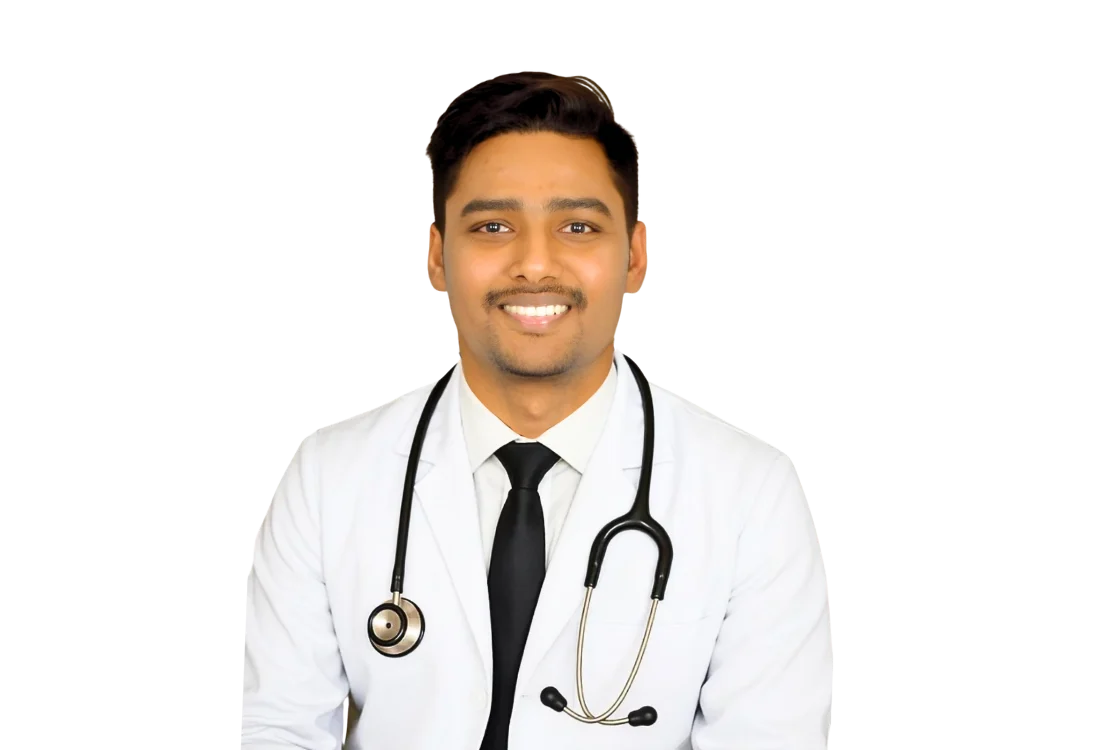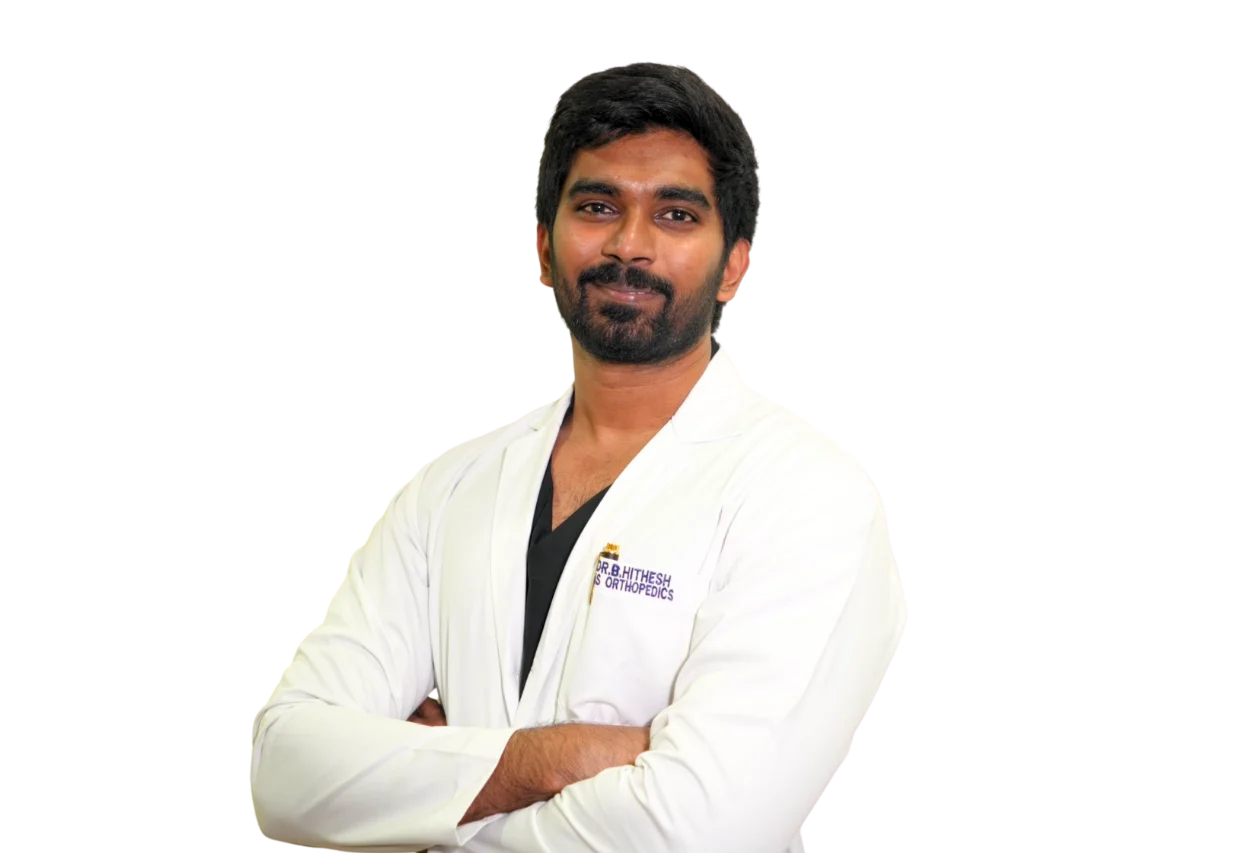Everything You Need to Know About Tummy Tuck Surgery (Abdominoplasty)

An abdominoplasty, often known as a tummy tuck, is a more common cosmetic surgery treatment used for removing unwanted fat and skin from the tummy to improve its appearance. To many individuals, it truly is a life-changing procedure that restores their confidence, specifically in instances of massive weight loss or post-childbirth.
Herein, all aspects of a tummy tuck, its recovery process, and tips to heal safely and swiftly are explored in detail.
The Tummy Tuck Journey: Before and After
Undergoing a tummy tuck is a big choice and should be based on a proper understanding of the procedure and what can be expected. Many patients have loose skin, resistant fat, and weak abdominal muscles before surgery.
The tummy tuck surgical procedure alleviates these issues, rendering the abdomen firmer and more toned. The unexpected changes in body shape that are seen in the tummy tuck before and after pictures show a metamorphosis.
Preparing for Tummy Tuck Surgery
Being prepared is key to a successful tummy tuck treatment. This involves talking to the surgeon about any medications, quitting smoking, and maintaining a stable weight. Furthermore, knowledge regarding the procedure of a tummy tuck assists in establishing realistic expectations. It prepares the patient for what’s lying in store.
Tummy Tuck Procedure
The tummy tuck usually includes the removal of unwanted skin and fat and the tightening of abdominal muscles. An incision is generally made by a surgeon right above the pubic region, from hip to hip, through which a route is created for the removal of excess tissue and repair of the underlying muscles. On many occasions, especially to contour the abdomen, a tummy tuck is often combined with liposuction.
Tummy Tuck Before and After: What to Expect
Most people who undergo a tummy tuck surgery experience a life-changing transformation. A dramatic improvement in the contour and firmness of the abdomen is usually evident in before and after photos of the procedure. For mothers, a tummy tuck following c-sections can help restore pre-pregnancy body contours that are generally unachievable by mere exercises.
Recovery Tips for Safe and Swift Healing Process
After a stomach tuck, recovery calls for persistence and complete adherence to post-operative care instructions. Here are a few important tips to help you heal quickly and safely:
- Adhere to medical advice: Your surgeon will provide specific guidelines regarding wound care, activity levels, and medications. It is very vital to follow these instructions for a smooth recovery.
- Rest and recuperate: Rest is essential in the first few weeks after surgery. Avoid lifting heavy things and straining yourself.
- Wear Compression Garments: These garments help to reduce swelling and also provide support to the abdominal area that can help the patient recover faster.
- Eat a Healthy Diet: Nutrition is important for recovery. A nutritious, well-balanced, vitamin-rich diet and proteins help to fix the tissues and make a person stronger.
- Keep Yourself Hydrated: Plenty of water will help to flush out toxins and reduce swelling, thus speeding up recovery.
- Gently Move: Gentle exercises, such as short walks, can also help blood flow and may prevent complications like blood clots.
Possible Tummy Tuck Side Effects
- Tummy tuck surgery is generally considered safe.
- Potential side effects include temporary swelling, bruising, and numbness in the surgical area.
- Serious side effects, such as infection or blood clots, can occasionally occur.
- Selecting a qualified and experienced surgeon can help minimize these risks.
- Proper post-operative care is essential for achieving the best outcome.
Conclusion
A tummy tuck has both physical and emotional benefits and can change your life. In order to have the best possible results, a full understanding of the tummy tuck procedure, potential side effects, and how crucial it is that appropriate recovery is necessary. Follow your surgeon’s advice and the healthy habits of life, and you will get to enjoy smoother recoveries and a confident disposition courtesy of a transformed body.
Be it a tummy tuck after a C-section, combining liposuction and tummy tuck, or just exploring the possibilities of pregnancy after a tummy tuck, it all starts with a consultation with a qualified surgeon. This successful journey brings in a new you. To ensure a safe and quick recovery, accept the new you and take the right steps.
Frequently Asked Questions
A tummy tuck, or abdominoplasty, is a cosmetic surgery procedure that removes excess skin and fat from the abdomen while tightening the abdominal muscles for a firmer, flatter appearance. It is often sought after significant weight loss or pregnancy.
To prepare for a tummy tuck, maintain a stable weight, stop smoking, and follow your surgeon’s pre-operative instructions, including any dietary restrictions and medication adjustments. Ensure you arrange for post-surgery care and recovery time.
Tummy tuck surgery is generally safe when performed by a qualified surgeon, but like any surgery, it carries risks such as infection, scarring, and anesthesia complications. Discuss potential risks and benefits with your doctor before proceeding.
Yes, you can get pregnant after a tummy tuck, but it’s recommended to complete your family planning first, as pregnancy can affect the results of the procedure. Discuss timing with your surgeon for the best outcome.
Recovery from a tummy tuck typically takes about 4 to 6 weeks, with most people resuming normal activities within 2 weeks. Full recovery and final results may take several months.
To choose the right surgeon for a tummy tuck, look for board certification, extensive experience in cosmetic procedures, and positive patient reviews. Lux Hospitals has the best-qualified surgeons who specialize in tummy tucks, ensuring expert care. It’s also important to have a consultation to discuss your goals and ensure you feel comfortable with the surgeon’s approach.




















